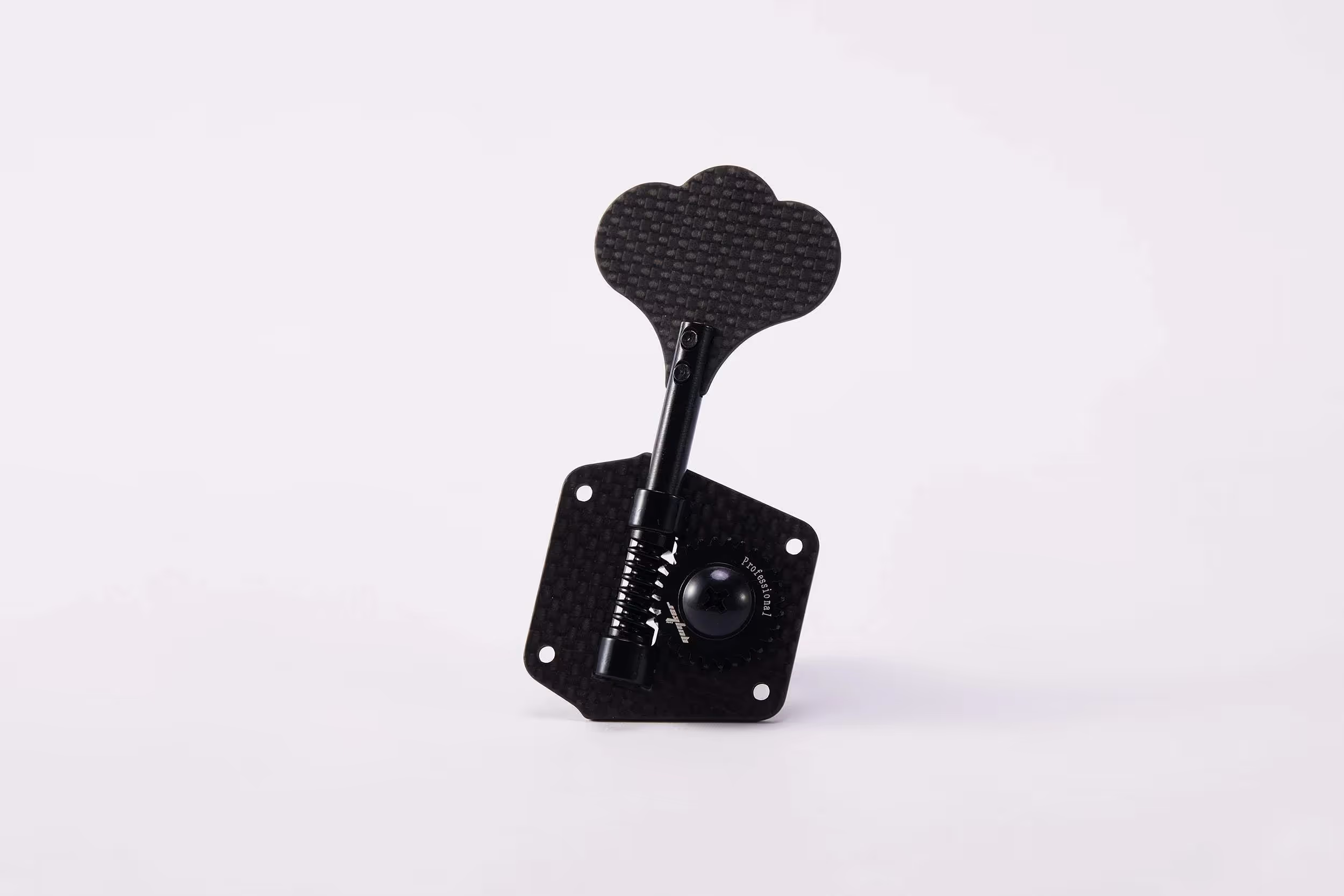
A sound mixer is also known as a mixing console or more commonly an audio mixer. This is an electronic device used for mixing, balancing, and combining different sounds and audio signals, sources like microphones, instruments, and synthesizers, or previously recorded audio.
The adjusted sound signals are then sent to the output, which is then transmitted and amplified using a sound system.
The mixer is the central hub where sound signals from different sources are combined and mixed. Effects and ambience can also be added, EQ and stereo imaging are balanced and then the output is directed to the monitor speakers using the mixer.
What are channel strips?
Some people often become hesitant by the number of channel strips, faders and knobs they see on the mixing desk. In reality, most of them are just duplicated with only a few important controls to learn and master. For instance, an audio mixer of a big cinema or concert may have about 100 channels or more whereas a DJ mixer may just have only 2 channels which would be used to mix two signals from the sound source.
There are different types of mixers.
- A digital mixer can both receive digital and more common analogue signals.
- An analogue mixer can receive and process analogue signals.
- A software mixer makes use of digital recording software, which is done via a computer or music production laptop.
The way a mixer works depends on the number of input and output channels it has. For instance, an 8×2 mixer means 8 inputs channels are being mixed into 2 output channels for a stereo recording while a 16×8 mixer means there are 16-in and 8-out options on the mixing console with 16 input channels and 8 output channels for recording a multi-track. With more input channels a mixer has more capacity for instruments and sound signals the mixer can combine and blend.
What's an analogue mixing console?
A standard analogue mixer usually houses the following parts.
- Aux (auxiliary): this dictates the number of effects and reverb each channel has blended. A separate aux also sets the volume of the sound through the monitors and or headphones
- Channel faders: controls the volume of the respective instruments in the mix
- Equalization (EQ) knobs: the tone or timbre of each instrument can be parted into bass, treble or midrange by the EQ knobs. More detailed sound mixers will have more detailed EQ options.
- Bus (sends): Bus channels are used to mainline an effect or processing aspect through the mix. Each instrument track can be fed the bus information in amounts that suit the mix engineer. Using multiple bus options and experimenting with different routing combinations can perhaps create interesting effects in your mix.
- Pan pots: these direct each sound whether instrument or vocal to a particular place in the stereo image field. (you can learn more about vocal mixing here.)
The output sends the balanced mix to the track recorder. It is made up of master channel meters and mixing circuits. The mixing circuit receives signals from the input and blends them together to then send them on to the recorder. It also receives return signals from effects such as reverb and delay.
The output section connects also to the monitor amplifier. The meters adjust to the recording volume to help you work on preventing sound distortion if the meter reads are too high. Be sure to have the correct studio monitor placement to avoid any flaws in hearing the output as this is a crucial step when releasing the finalized version of the song.






